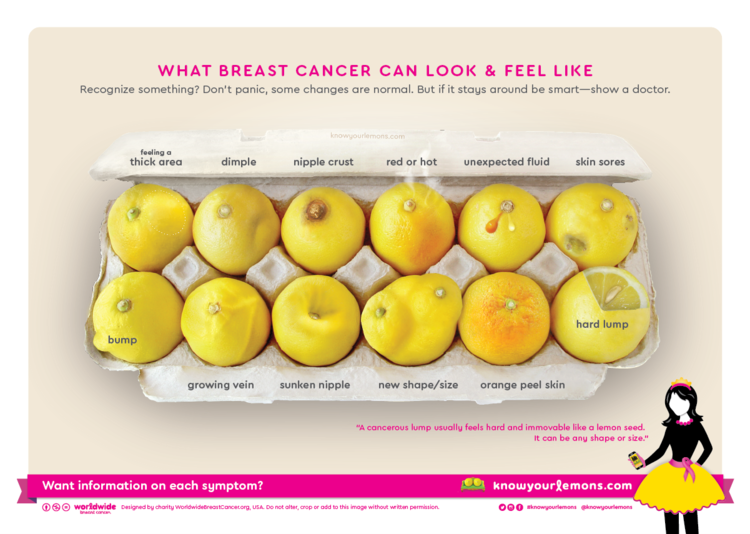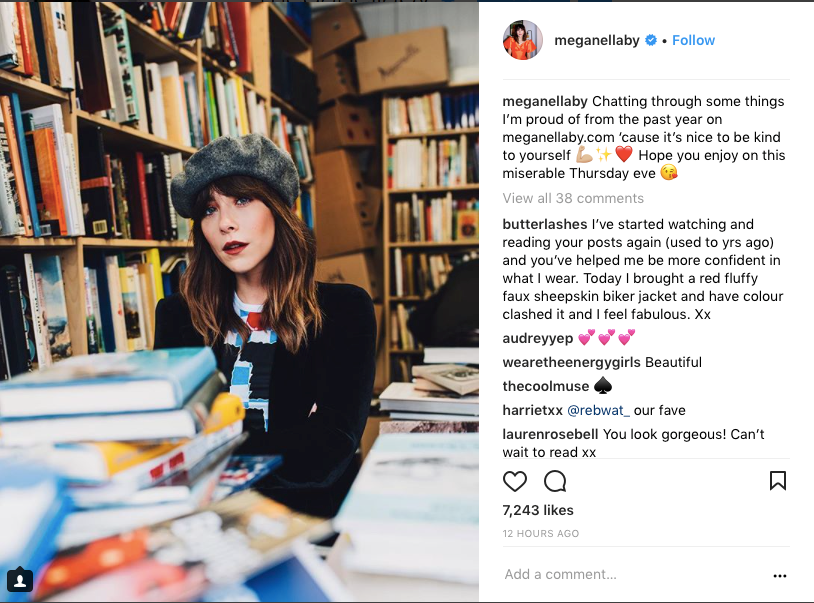Viral. What’s the first thing that comes to mind when you think of that word? It doesn’t paint a pretty picture in your head, does it? But when it comes digital marketing campaigns, “viral” actually means something incredible. It means you did it. You won the Internet.
So what does it really take to make a digital marketing campaign go viral? To create a campaign that everyone’s heard of – that everyone’s talking about?
It demands a seamless strategy, impeccable attention to detail, and an idea so outside the box it blows people’s minds.
In this article, we’ve compiled seven of our favorite viral campaigns of 2017. Plus, we’re sharing what sets these projects apart from the rest so you can implement aspects of these campaigns into your own digital marketing strategy.
Ready to make 2018 your most viral year yet? Let’s find out what it takes.
Update: When you’re done with this list, make sure to check out our new list of the best viral campaigns of 2018.
1: Breaking2
Breaking2 was an innovative campaign created by powerhouse trio Nike, Heineken and State Street Global Advisors. The idea went like this: use the Nike shoe called the VaporFly Elite to break the elusive two-hour marathon mark. A one-hour documentary was created in conjunction with National Geographic, showcasing why they thought their new shoe would break this time barrier. Then, they streamed a special Nike marathon documenting their attempt to beat the time with three elite runners.
The campaign failed to beat two hours, falling just 26 seconds short. It was, however, a success story for the companies involved. All in all, the hashtag #Breaking2 was used over 407,000 times, with over 87% responding positively to the video. According to Brand Watch, the #Breaking2 project created 2 trillion impressions – a truly staggering feat and a major win for Nike.
The Takeaway: A lot of companies shy away from producing long-form content such as hour-long documentaries, yet Nike reaped great rewards from the strategy. That’s because in-depth content allows the viewer to get invested in a story, something that’s hard to do with a simple six-second YouTube ad. Research suggests that the best approach is to use both short and long form content, but if Nike’s campaign proves anything, it’s that longer content can pay off, as long as it’s captivating.
2: Know Your Lemons
Know Your Lemons was a campaign created by Worldwide Breast Cancer to inform women about the different signs of breast cancer. The ad depicted 12 different lemons, each of which featured an abnormality meant to resemble an irregularity a woman might notice on her breast as an early sign of cancer. The campaign then brought people to an infographic and quiz so that they could learn even more vital information about pre-cancerous signs.
The goal of the ad was twofold. The first was to bring more awareness to the public about early signs and risk factors for breast cancer. The second was to raise additional revenue for the Worldwide Breast Cancer organization. By bringing people to their website through their viral infographic, they hoped to accomplish both of those goals.
The campaign was launched on Facebook, gaining 7.3 million impressions, and was shared over 40,000 times. Additionally, the campaign raised over 166 million dollars for breast cancer awareness and research.
The Takeaway: Every day, people are flooded with different ads from many different sources. If you want your ad to go viral, you need to flex your creative muscles. This ad’s intent was clear, and the imagery reminded people of the importance of early breast cancer detection. The lesson? Going viral means thinking out of the box. Paint by the numbers, and it’s unlikely you’ll grab anyone’s attention.
 3: ASOS
3: ASOS
This past year, ASOS sponsored Instagram influencers who posted pictures of themselves modeling and discussing ASOS clothes. What made this this viral campaign unique? Instead of giving products to influencers to review on their channels, the online fashion and beauty company worked with popular influencers to set up new Instagram accounts that would be solely dedicated to the ASOS brand, such as ASOS-Megan and ASOS-Ashley.
By creating exclusive ASOS-related channels, the company could leverage the large followings of these Instagram influencers, without losing control over how they showed off the brand’s products. Because ASOS managed the account, they had an equal say with the influencer. This campaign, which went viral, has netted ASOS 6.2 million followers.
The Takeaway: ASOS utilized some truly innovative Influencer Marketing campaigns in 2017. And guess what? You can do this, too (if you haven’t already). Influencers are a great tool to use in your marketing campaigns because they deliver 11 times higher ROI as compared to other marketing channels. At the end of the day, influencers can be a cost-effective way to take your message or your brand viral.

4: Heineken Worlds Apart
Political, social, and religious beliefs can be sensitive topics, yet Heineken took them head-on in their Worlds Apart ad campaign. They created teams of two and asked each team to complete simple tasks like putting together furniture. After each team completed their task, their opposing viewpoints were revealed to each other. They now had the opportunity to discuss an issue over which they strongly disagreed.
Not only was this a refreshing step back from the social rhetoric we normally see on TV and the Internet, but it also showed that even those with opposing views can find common ground – even if that common ground was in the form of a Heineken beer. Oh, and did we mention that the campaign generated over 14 million views?
The Takeaway: Viral campaigns often make people think. They make people want to discuss what they saw and talk about what they heard. This campaign did just that. If you want to create viral campaigns, think about how you can create content that will leave a lasting impression, content that will keep people talking for a while to come.
5: Adidas #ORGINALis
Another effective Influencer Marketing campaign was Adidas #ORIGINALis. This campaign featured iconic figures in the hip hop scene such as Snoop Dogg, Desiigner, and Stormzy wearing the Originals Adidas line of clothing.
For over 30 years, Adidas has had a connection with the rap community and has been a driver of the ever-popular sneaker culture movement. The relationship dates back to DMC’s hit “My Adidas” in 1986, when an executive from Adidas took notice of DMC’s affinity for their brand, not to mention the thousands of devoted fans who followed suit and laced up. In Adidas’ 2017 influencer camping on Instagram, they took things to another level.
The result was a very effective use of Instagram’s relatively new one-minute video format. Through the video, the brand was able to tell the story of the celebrities wearing its clothes in a way that was previously not possible on Instagram. The campaign also perpetuated Adidas’ legacy as a cultural icon in the hip-hop and rap communities.
The Takeaway: Every niche has its own celebrities and it’s important to leverage their power. Celebrity endorsements not only push campaigns into viral territory; they also show that you’re an expert in your field. But you don’t need hundreds of millions of dollars and a hip-hop icon to pull off this winning strategy. Find a celebrity (or micro-influencer) in your specific niche and leverage their endorsement to take your brand viral.

6: Google Best Picture
Google ran a campaign during the 89th Annual Academy Awards ceremony called Best Picture. The film went through different categories in the Academy Awards, but instead of showing pieces of box office hits, they highlighted photos and videos that had been shot on Google Android phones.
On YouTube alone the campaign got over 14 million views. It got millions more on TV broadcasts. This approach – using real home videos – hooked people in through humor, while bringing awareness to Google Photo’s service.
The Takeaway: In order for a campaign to go viral, people need to talk about it. They must want to talk about it and share it. Humor is one great way to interest people. Spoofing a serious event like the Academy Awards and bringing it down to the level of personal photos and videos was a great hook, and it’s also the type of parody that almost any business can do to promote themselves.
7: New York Times- The Truth Is
The Truth Is was a viral campaign that the New York Times ran on TV, social media and print. The ad was a response to President Trump calling the Times “fake news”. In response, the ad flashed “The Truth Is” followed by various phrases such as “we have to protect our boarders”, or “a woman should dress like a woman”. The ad ended with “The truth is more important now than ever.”
The approach of the ad was New York Times’s response to the attacks of Donald Trump, by showing that many of Trump’s own statements were in fact not true. And this is why readers need the New York Times. The campaign helped add 276,000 new digital subscribers, bucking the paper’s trend of downward subscriptions and revenue.
The Takeaway: Keep it simple. Despite the simplicity of this campaign, people loved it. If you’re clever, you don’t need incredible budgets or fancy effects to take your campaign viral. You just need a compelling, interesting, and clear message that captivates people. It’s important to step back from time to time and think: “Is there a simpler, more effective way to do this?”
What We Learned from These 2017 Campaigns
There’s no one reason that a campaign goes viral, but there are similarities between all viral campaigns. If you want your efforts to be shared and talked about, your content needs to engage people. It might interest your audience because it’s funny, thought-provoking, emotional, or all of the above, but it definitely has to draw attention and keep it.
Each of these campaigns was interesting in its own way. The question is, how will you take the lessons from these campaigns to make your own marketing efforts more effective in 2018?
